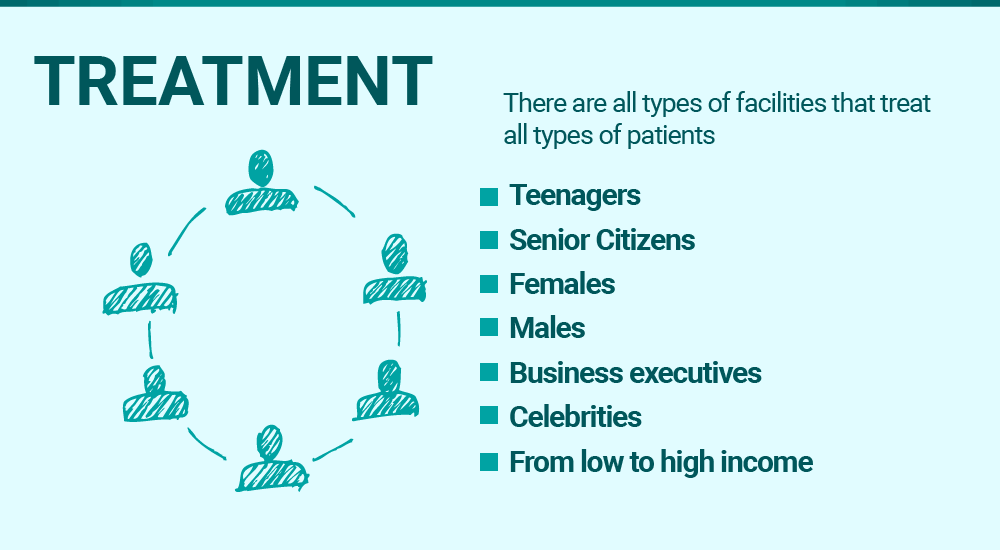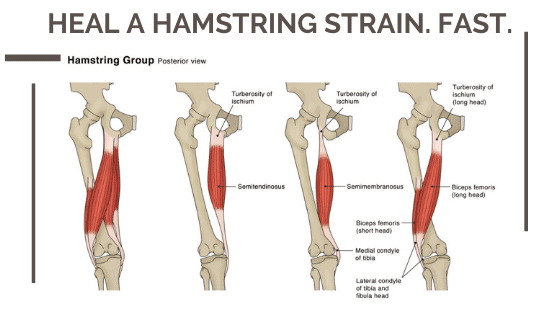1,2 Some individuals find additional activities to be essential for supporting their ongoing recovery. These activities may include meditation, yoga, workout, or art. Many great treatment programs provide their own types of aftercare programs or work with you to establish a strong aftercare plan prior to leaving treatment to assist support successful long-lasting healing. Relapse needs to not be viewed as a failure however needs to instead be viewed as a challenge to conquer on one's long-lasting journey to sobriety. 6 It provides an opportunity to reassess one's course and get back into a program that uses the assistance and help required to preserve sobriety.
6 Ultimately, the only person who can handle your dependency in the long term is you, and rehabilitation will assist you construct the abilities needed to maintain sobriety. Dependency rehabilitation programs can differ greatly in price. High-end high-end programs tend to charge more for additional services and special facilities and, sometimes, higher staff to patient ratios. A number of elements can affect the cost of rehabilitation, including:. These can include lots of factors that help the recovery process, such as premium food, personal rooms, animal-assisted therapy, acupuncture, massage, and yoga. The cost related to a treatment program is mostly identified by the length of the stay.
Facilities in luxurious surroundings can cost more than standard treatment centers. Travel to the center can likewise be factored into the cost, specifically if it is far from house. Inpatient programs will often cost more than outpatient programs because clients live at the facility https://techmoran.com/2019/07/05/drugstoc-raises-funding-from-cchubs-growth-capital-to-fight-counterfeit-drugs/ which, in most cases, is staffed with medical and treatment professionals at all times. Inpatient treatment differs in expense in between $200 and $900 Drug Detox each day, with longer programs typically costing less daily - what is an fha 203k rehab loan. Outpatient treatment ranges between $100 and $500 per treatment session, with longer treatment plans having lower cost per session. Detox alone can cost between $600 and $1,000 each day depending on the level of care needed, seriousness of the dependency, and length of time it requires to detox from the particular substance.
While the expense of rehabilitation may be a deterrent for some individuals, it is essential to keep in mind the many "expenses" of dependency. Addiction can be costly due to: The expense of the drugs. Loss of performance at work. Legal fines. Medical expenses for physical or mental health issues associated with addiction. Dependency "expenses" users in other methods too, ranging from the degeneration of relationships to general distress and bad health. Insurance is typically accepted at drug rehabilitation programs. Nevertheless, the degree of coverage might differ according to the particular facility. Your insurance coverage plan might cover just a portion of your rehabilitation stay, so it is essential to examine your insurance coverage plan prior to enrolling in a drug rehab program.
The program may provide moving scale payment alternatives or financing plans to make the cost more workable. It is necessary to make a note of a list of information to supply to the admissions navigator (what is a rehab assistant). The more appropriate information the admissions consultant has, the easier it may be for them to inform you of recovery options that might be ideal for you. Below is a list of details you might wish to supply: Addiction history, consisting of length/severity of substance use/addiction Compound( s) being used The existence of a co-occurring psychiatric condition, such as anxiety or anxiety The existence of a medical condition, such as diabetes Whether you or the individual is pregnant Special population factors to consider, such as desiring a men-only or women-only rehabilitation Your insurance strategy and policy number Numerous individuals seeking treatment travel to a rehabilitation facility away from their homes.
With physical distance positioned between themselves and a potentially-triggering and/or otherwise stressful environment, those participating in rehabilitation might be more able to fully concentrate on their addiction concerns, devoid of outdoors distractions or temptations from work, family, and buddies. If outpatient treatment is sought and a remote treatment area isn't needed, you might wish to go with a program better to house so you do not need to take a trip far each day. In addition, if you have family obligations, neighboring outpatient services can reduce tension as you balance house duties with your healing efforts. Healing Program Considerations A survey was conducted in 2016 by Recovery Brands asking people leaving a recovery program what center features they believed to be as high priority things to think about when taking a look at a treatment program.
How To Rehab A House Fundamentals Explained
They likewise valued the facility's offerings (quality of real estate, comforts, room quality, etc.) far more upon completing treatment. Individuals searching for treatment must take a look at a center's financial policies in addition to program offerings to inform their program choice. Inpatient and outpatient programs vary from each other in a variety of waysfrom expenses involved and strength of treatment to the total environment and support structure present throughout the recovery procedure. Inpatient centers are rehabilitation centers that provide 24-hour care from staff workers. 1 Hospital-based inpatient services have medical team member present at all times and, though many property rehabs have on-staff medical experts present throughout the day, they can make plans for extra medical attention, when needed.

Inpatient treatment settings offer the most intensive of treatment services. Inpatient programs offer an immersive treatment environment that permits patients to completely concentrate on their dependency and recovery with 24-hour care and guidance. 4 Given that clients are somewhat removed from the tension of their day-to-day lives, they might be in a better position to work through their addiction problems. Rehab programs can include group therapy, specific treatment, medication-assisted treatment, and even complementary treatments such as meditation, animal treatment, or outside activities. Those with long-standing or severe dependencies, dependencies to multiple substances, or with coexisting medical and mental health conditions often seek an inpatient rehab facility for treatment.

Outpatient programs allow clients to come for treatment, treatment, and other services and then go back to their homes at the end of the treatment sessions. This structure lets a person continue a relatively unimpeded work, school, or home life while looking for treatment. These centers tend to be a good fit for those with more powerful support systems, fairly less extreme or shorter-term dependencies, restricted time, or obligations at work or home that can not be ignored. Outpatient treatment styles can vary. Some programs involve all-day sessions, whereas others might just treat clients for an hour or 2 a day. 4 Costs of outpatient care are often lower than those of inpatient care due to the fact that there is no requirement for residential accommodations; in addition, there might be fewer facilities and complimentary services readily available, as well as relatively smaller sized treatment groups involved in direct care (when did elton john go to rehab).
Numerous insurance coverage plans might cover some or all of the expense. While you may experience some fear of losing your job if you attend rehab, you might, in fact, be more most likely to lose your task if you do not get assistance. If you are battling with a substance use problem, it could currently be impacting your efficiency at work. By avoiding dependency aid, your struggle may eventually emerge given that continued substance use might lead to obvious deficits in your work efficiency. If you are battling with a compound usage problem, it might currently be impacting your productivity at work.